Home>Storage & Organization>Kitchen Organizing Tools>How Long Can Cats Go Without Using A Litter Box


Kitchen Organizing Tools
How Long Can Cats Go Without Using A Litter Box
Modified: August 23, 2024
Discover the best kitchen organizing tools to keep your space clutter-free and efficient. Find out how long cats can go without using a litter box.
(Many of the links in this article redirect to a specific reviewed product. Your purchase of these products through affiliate links helps to generate commission for Storables.com, at no extra cost. Learn more)
Introduction
Cats are known for their fastidious nature when it comes to cleanliness, and the litter box plays a crucial role in maintaining their hygiene and comfort. As a responsible pet owner, understanding your cat's bathroom habits is essential for their well-being. One common question that often arises is, "How long can cats go without using a litter box?" This query stems from various factors, including a cat's natural instincts, environmental influences, and health considerations.
In this comprehensive guide, we will delve into the factors that affect how long cats can go without using a litter box, the signs that indicate your cat may be holding it in, the potential health risks associated with this behavior, and practical tips for encouraging your cat to use the litter box consistently. By gaining insight into these aspects, you can ensure that your feline companion's bathroom needs are met in a manner that promotes their physical and emotional well-being.
Understanding the dynamics of a cat's litter box habits is not only beneficial for the cat but also for the pet owner. It fosters a harmonious living environment and strengthens the bond between the cat and its human family. As we explore the intricacies of feline behavior and health, we aim to equip you with the knowledge to support your cat's natural instincts and provide a conducive environment for their litter box usage.
With this in mind, let's embark on a journey to unravel the mysteries of feline bathroom habits and discover the best practices for ensuring that your cat's litter box needs are met with care and understanding.
Key Takeaways:
- Cats can hold it in if the litter box is inaccessible, dirty, or if they’re stressed. Recognize signs like frequent visits, restlessness, and changes in waste patterns to ensure their health and comfort.
- Regular litter box usage is crucial for cats’ well-being. Keep the litter box clean, address stress, and maintain routine to support their natural instincts and promote a harmonious living environment.
Read more: How Long Can A Cat Go Without A Litter Box?
Factors Affecting How Long Cats Can Go Without Using a Litter Box
Several factors influence how long a cat can go without using a litter box. Understanding these elements is crucial for providing a conducive environment for your feline companion's bathroom needs.
-
Litter Box Accessibility: The accessibility and availability of the litter box play a significant role in a cat's bathroom habits. If the litter box is not easily accessible or is located in an area that makes the cat feel unsafe or uncomfortable, they may hold it in for longer periods.
-
Number of Litter Boxes: The number of litter boxes in a household is essential, especially in multi-cat households. Cats may avoid using a litter box if they feel it is already occupied or if they prefer a specific type of litter box. Having multiple litter boxes in different locations can encourage regular bathroom habits.
-
Litter Box Cleanliness: Cats are meticulous animals and may refuse to use a dirty litter box. If the litter box is not cleaned regularly or if the litter is soiled, cats may hold it in until the litter box is clean, leading to potential health issues.
-
Stress and Anxiety: Cats are sensitive to changes in their environment and may experience stress or anxiety due to various factors such as moving to a new home, changes in routine, or the presence of unfamiliar animals or people. This stress can impact their litter box habits, causing them to hold it in for longer periods.
-
Medical Conditions: Certain medical conditions, such as urinary tract infections or gastrointestinal issues, can affect a cat's ability to use the litter box regularly. Pain or discomfort may lead to aversion to the litter box, resulting in prolonged periods without urination or defecation.
-
Age and Mobility: Older cats or those with mobility issues may struggle to access the litter box, leading to longer intervals between bathroom visits. Additionally, kittens may have less bladder control and may need more frequent access to the litter box.
Understanding these factors can help pet owners create an environment that supports their cat's natural bathroom habits. By addressing these elements, you can ensure that your cat feels comfortable, safe, and encouraged to use the litter box regularly, promoting their overall well-being and happiness.
Signs That Your Cat May Be Holding It In
Recognizing the signs that your cat may be holding in their urine or feces is essential for understanding their bathroom habits and addressing any potential issues. Cats are adept at masking discomfort or distress, making it crucial for pet owners to be observant and attuned to subtle behavioral cues. Here are the signs that may indicate your cat is holding it in:
-
Frequent Visits to the Litter Box: While frequent litter box visits can be a sign of a healthy bathroom routine, an increase in visits without any elimination may indicate that your cat is attempting to relieve themselves but is unable to do so. This behavior can signal discomfort or difficulty in urination or defecation.
-
Restlessness and Vocalization: Cats may exhibit restlessness, pacing, or vocalization when they are experiencing discomfort due to the urge to urinate or defecate. If your cat appears agitated or vocalizes more than usual without using the litter box, it could indicate that they are holding it in.
-
Litter Box Avoidance: A cat that is holding it in may avoid the litter box altogether, choosing to hide or seek alternative locations to relieve themselves. If you notice your cat attempting to urinate or defecate outside of the litter box, it may be a sign of underlying discomfort or aversion to the litter box.
-
Visible Discomfort or Straining: Observing your cat for signs of physical discomfort or straining during attempts to urinate or defecate is crucial. If your cat appears to be in distress, exhibits signs of pain, or displays difficulty in eliminating waste, it may indicate that they are holding it in due to underlying health issues.
-
Changes in Urine or Fecal Patterns: Monitoring changes in your cat's urine or fecal patterns is important. If you notice a decrease in the frequency of urination or defecation, changes in the consistency or color of waste, or the presence of blood in the urine or feces, it could signify that your cat is holding it in and experiencing potential health issues.
Recognizing these signs can prompt timely intervention and veterinary care, ensuring that any underlying health concerns are addressed promptly. By being attentive to your cat's behavior and bathroom habits, you can provide the necessary support and care to maintain their well-being and promote healthy litter box usage.
Health Risks of Cats Holding In Their Urine and Feces
When cats hold in their urine and feces for extended periods, it can pose significant health risks and potential complications. Understanding these risks is crucial for pet owners to prioritize their cat's well-being and address any underlying issues promptly.
Urinary Tract Issues
One of the primary health risks associated with cats holding in their urine is the development of urinary tract issues. When urine is retained for prolonged periods, it can lead to urinary tract infections (UTIs), bladder inflammation, or the formation of urinary crystals or stones. These conditions can cause discomfort, pain, and potential blockages, leading to serious health concerns for the cat. Additionally, urinary retention can contribute to the proliferation of bacteria in the urinary tract, further exacerbating the risk of infections.
Read more: How Many Cats Can Use One Litter Box
Fecal Impaction and Constipation
In the case of fecal retention, cats may experience fecal impaction or constipation, both of which can result in significant discomfort and health complications. Fecal impaction occurs when hardened stool accumulates in the colon, leading to difficulty in passing feces. This condition can cause abdominal pain, lethargy, and loss of appetite. Chronic constipation, if left untreated, can lead to megacolon, a condition characterized by severe dilation of the colon, impacting the cat's ability to eliminate waste effectively.
Behavioral and Psychological Stress
Holding in urine and feces can also contribute to behavioral and psychological stress for cats. Cats are instinctively driven to maintain cleanliness and hygiene, and the inability to relieve themselves as needed can lead to anxiety, stress, and a sense of discomfort. This can manifest in changes in behavior, increased vocalization, and avoidance of the litter box, further complicating the cat's relationship with their bathroom habits.
Increased Risk of Secondary Infections
Prolonged retention of urine and feces can weaken the cat's immune system and create an environment conducive to the development of secondary infections. Bacteria present in retained urine or feces can lead to skin irritation, urinary tract infections, or dermatological issues. Additionally, the accumulation of waste material can attract flies and pests, increasing the risk of external parasites and environmental contamination.
Impact on Overall Well-being
The cumulative impact of holding in urine and feces can significantly affect the cat's overall well-being. From physical discomfort and potential health complications to psychological stress and behavioral changes, the repercussions of prolonged retention can diminish the cat's quality of life and compromise their health.
Understanding these health risks underscores the importance of promoting regular and consistent litter box usage for cats. By addressing environmental factors, providing appropriate veterinary care, and ensuring a conducive bathroom environment, pet owners can mitigate these risks and prioritize their cat's health and comfort.
Read more: How To Teach A Cat To Use A Litter Box
Tips for Encouraging Your Cat to Use the Litter Box
Encouraging your cat to use the litter box consistently is essential for their physical and emotional well-being. By implementing effective strategies and creating a conducive environment, you can promote healthy litter box habits and minimize the risk of potential issues. Here are practical tips for encouraging your cat to use the litter box:
-
Litter Box Placement: Ensure that the litter box is strategically placed in a quiet, accessible, and private location. Cats appreciate privacy when using the litter box, so choose a spot that is free from excessive noise and foot traffic. Additionally, consider placing multiple litter boxes in different areas of the house, especially in multi-cat households, to provide options for your feline companions.
-
Litter Box Cleanliness: Regularly clean the litter box to maintain a hygienic environment that is appealing to your cat. Scoop the litter daily and replace it entirely on a routine basis. Cats are more likely to use a clean litter box, and maintaining cleanliness can prevent aversion to the litter box.
-
Litter Preference: Experiment with different types of litter to identify your cat's preferences. Some cats may have specific texture or scent preferences when it comes to litter. By offering a variety of options, you can determine the type of litter that best suits your cat's preferences, encouraging consistent use of the litter box.
-
Positive Reinforcement: Use positive reinforcement techniques to encourage litter box usage. When your cat uses the litter box, offer verbal praise, gentle petting, or small treats to reinforce this behavior. Positive associations with the litter box can motivate your cat to continue using it regularly.
-
Address Stress and Anxiety: If your cat is experiencing stress or anxiety, address the underlying causes to promote regular litter box usage. Create a calming environment, provide enrichment activities, and ensure that your cat feels secure in their surroundings. Minimizing stress can positively impact your cat's bathroom habits.
-
Veterinary Evaluation: If your cat exhibits aversion to the litter box or changes in bathroom habits, seek veterinary evaluation to rule out any underlying medical conditions. Urinary tract issues, gastrointestinal problems, or other health concerns can impact a cat's litter box behavior, and timely intervention is crucial for addressing these issues.
-
Maintain Routine: Cats thrive on routine, so maintain a consistent feeding and litter box schedule. Predictability and routine can instill a sense of security and encourage regular bathroom habits in your cat.
By implementing these tips, you can create an environment that supports your cat's natural instincts and encourages consistent litter box usage. Understanding your cat's preferences, addressing environmental factors, and providing positive reinforcement can contribute to a harmonious and hygienic living environment for both you and your feline companion.
Conclusion
In conclusion, understanding the dynamics of a cat's litter box habits is essential for promoting their well-being and fostering a harmonious relationship between cats and their human companions. The factors influencing how long cats can go without using a litter box, including accessibility, cleanliness, stress, and medical conditions, underscore the importance of creating a conducive environment that supports their natural instincts.
Recognizing the signs that indicate a cat may be holding it in, such as frequent litter box visits without elimination, restlessness, and changes in waste patterns, empowers pet owners to intervene promptly and seek veterinary care when necessary. By addressing these signs, pet owners can mitigate potential health risks and ensure that their cats receive the necessary support for maintaining healthy bathroom habits.
The health risks associated with cats holding in their urine and feces, including urinary tract issues, fecal impaction, behavioral stress, and increased susceptibility to secondary infections, highlight the critical need for proactive measures to encourage regular litter box usage. By prioritizing litter box accessibility, cleanliness, and addressing stress factors, pet owners can minimize the risk of these health complications and promote their cat's overall well-being.
Furthermore, implementing practical tips for encouraging cats to use the litter box consistently, such as strategic litter box placement, cleanliness maintenance, positive reinforcement, and addressing stress and anxiety, empowers pet owners to create an environment that supports their cat's natural instincts and promotes healthy bathroom habits.
By understanding the intricate interplay of environmental, behavioral, and health factors in a cat's litter box habits, pet owners can proactively address potential issues, provide necessary support, and foster a hygienic and harmonious living environment for their feline companions. Through attentive observation, proactive intervention, and a commitment to promoting healthy litter box usage, pet owners can ensure that their cats' bathroom needs are met with care and understanding, ultimately enhancing the quality of life for their beloved feline friends.
Frequently Asked Questions about How Long Can Cats Go Without Using A Litter Box
Was this page helpful?
At Storables.com, we guarantee accurate and reliable information. Our content, validated by Expert Board Contributors, is crafted following stringent Editorial Policies. We're committed to providing you with well-researched, expert-backed insights for all your informational needs.
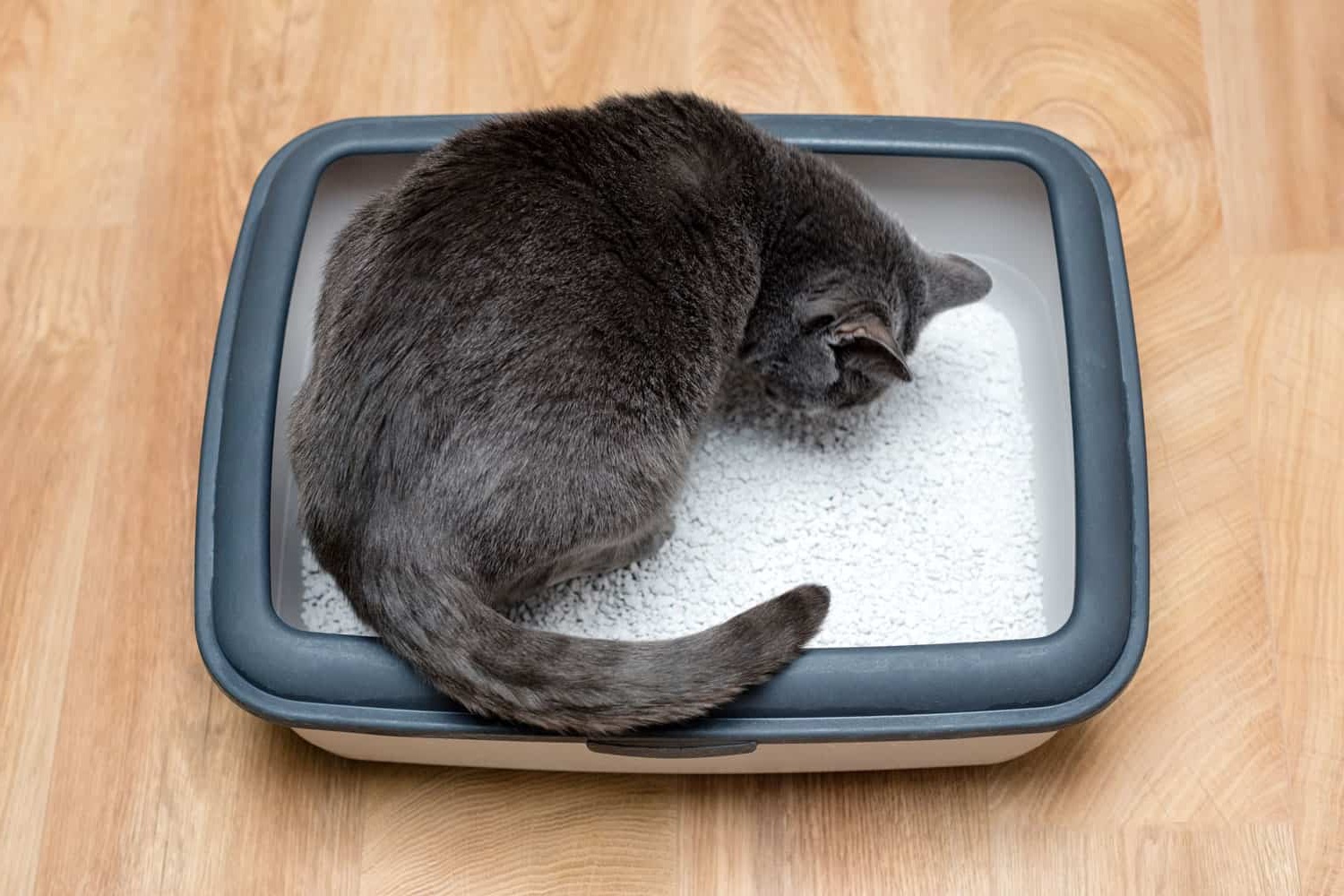
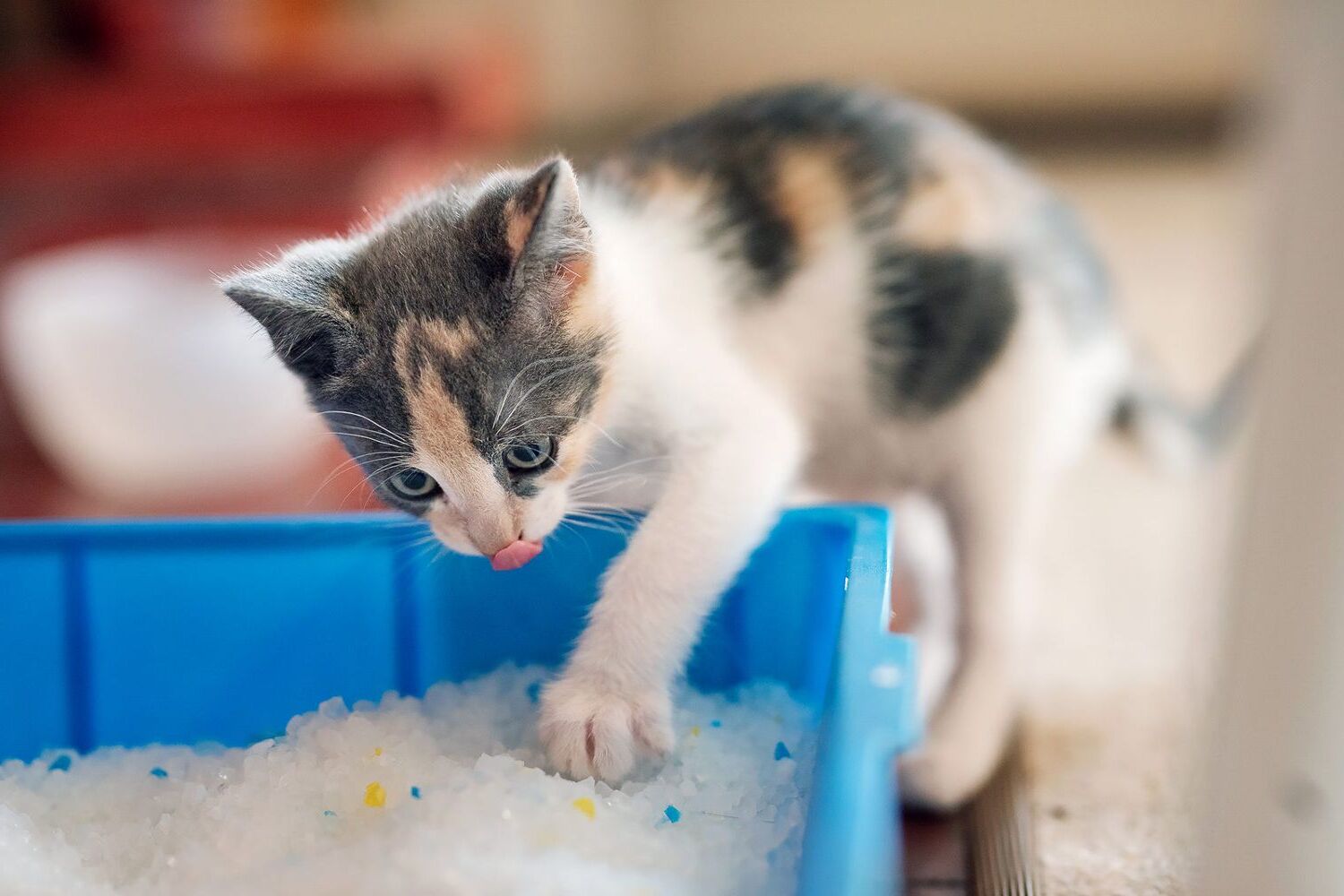
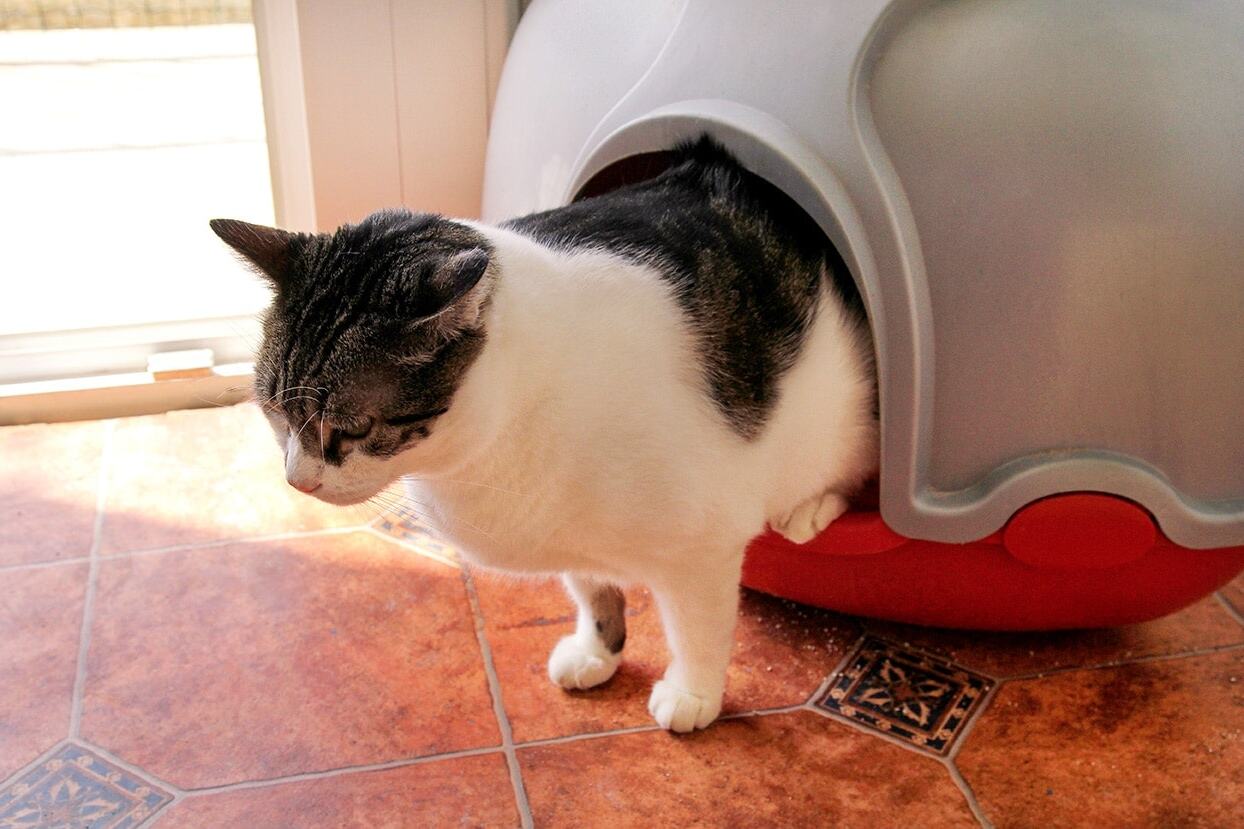
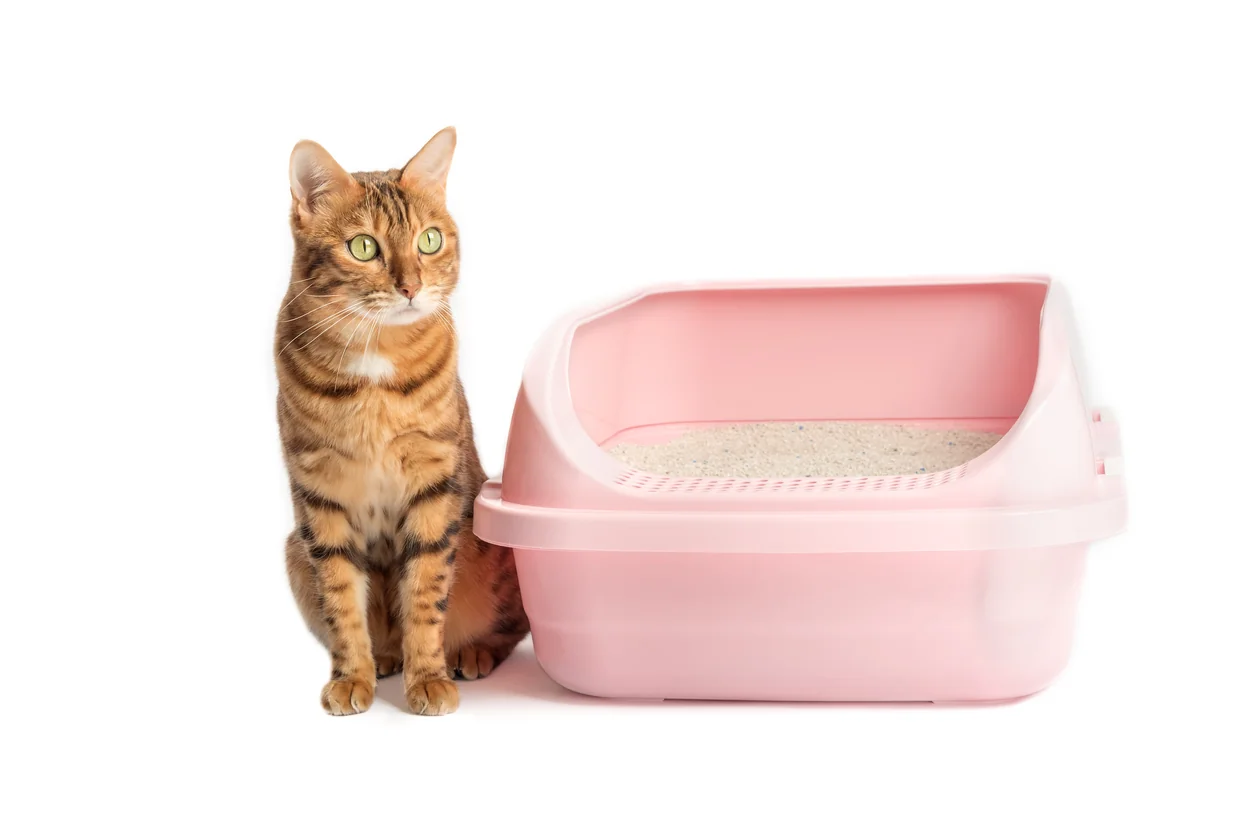
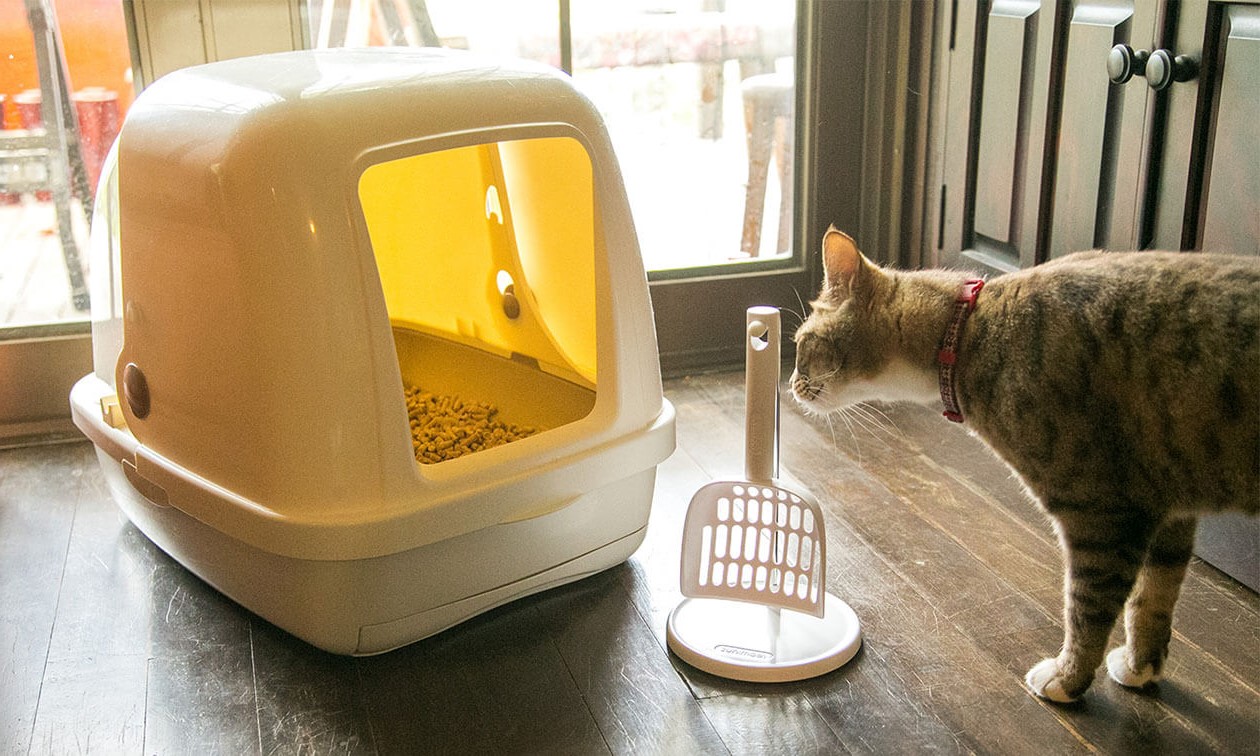
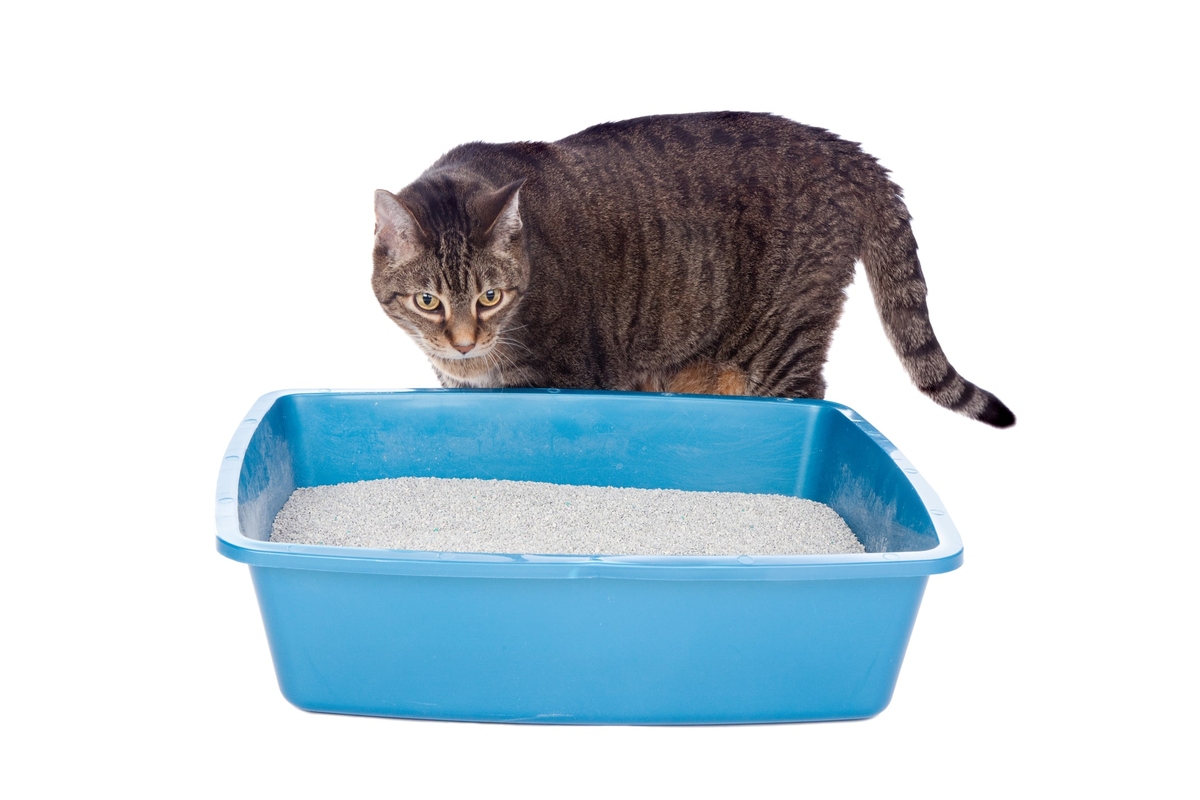
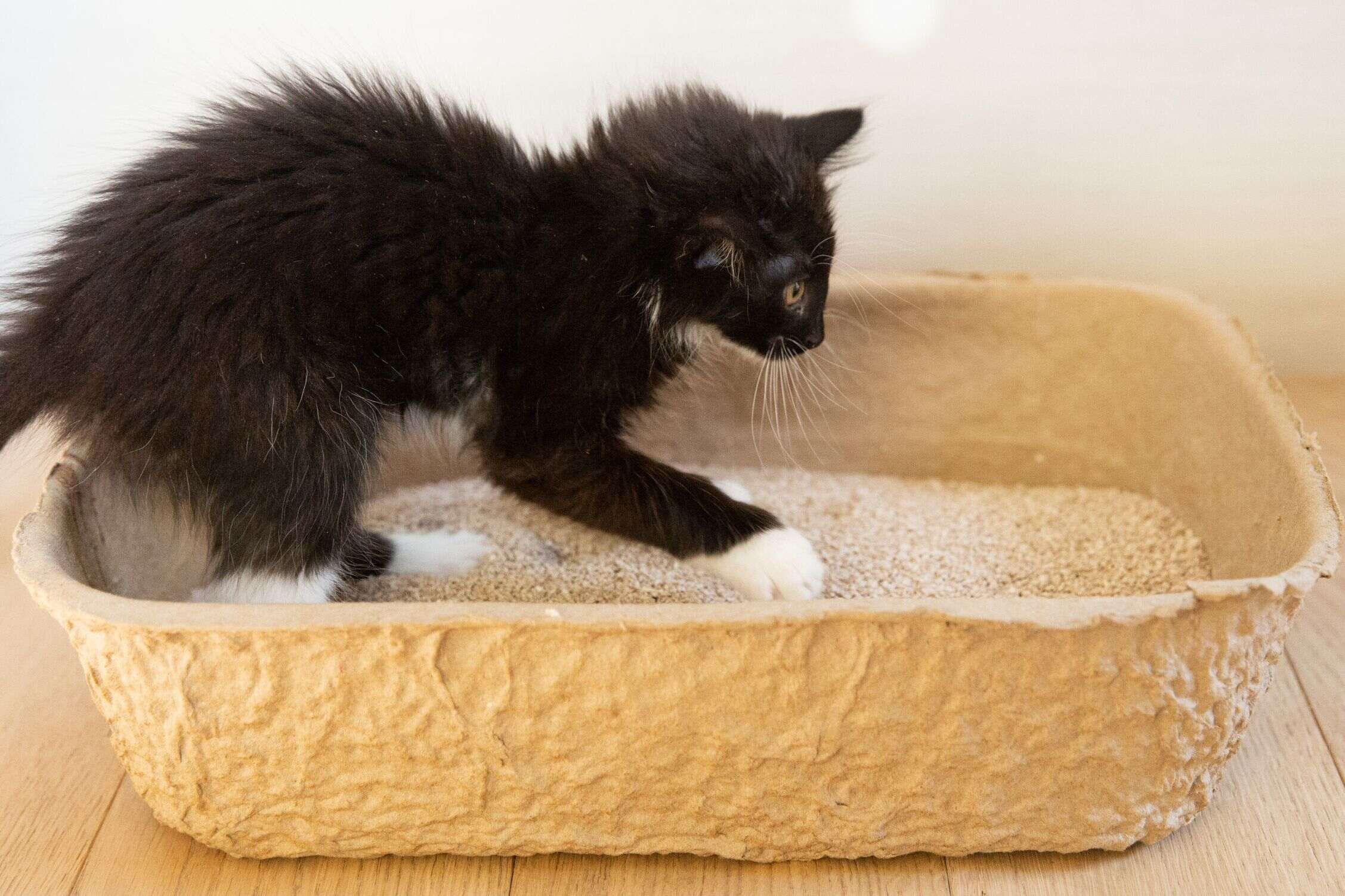
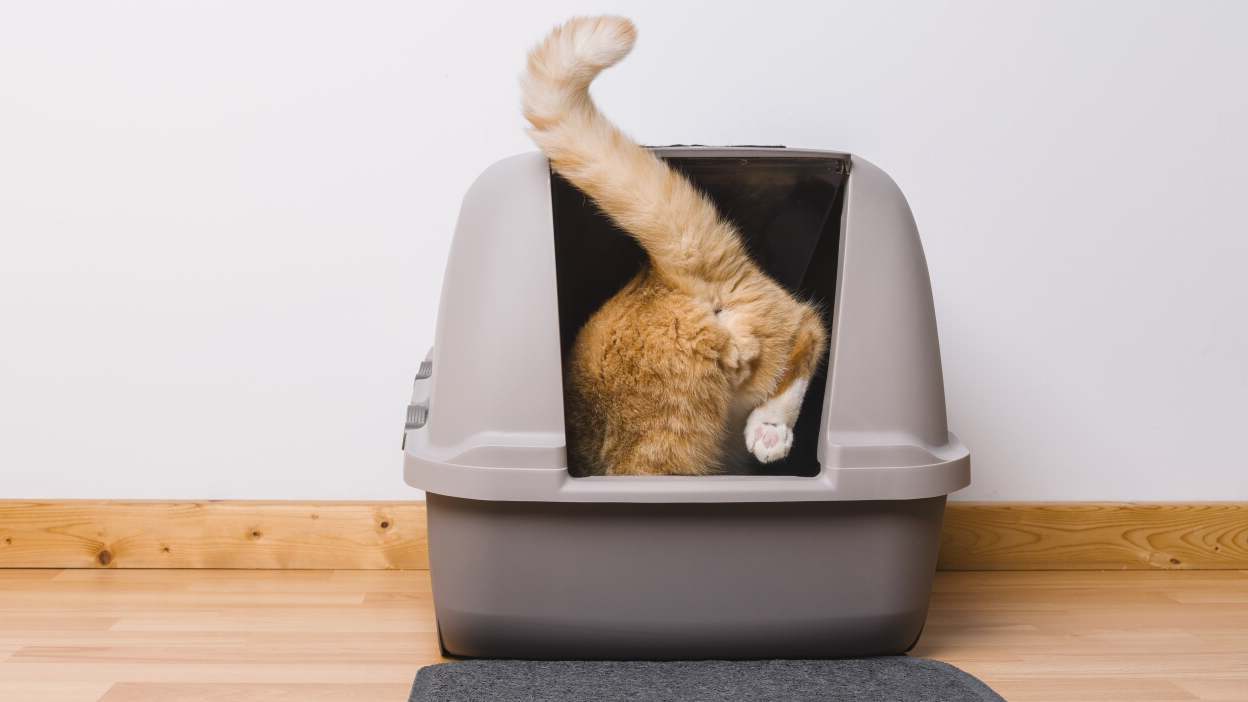
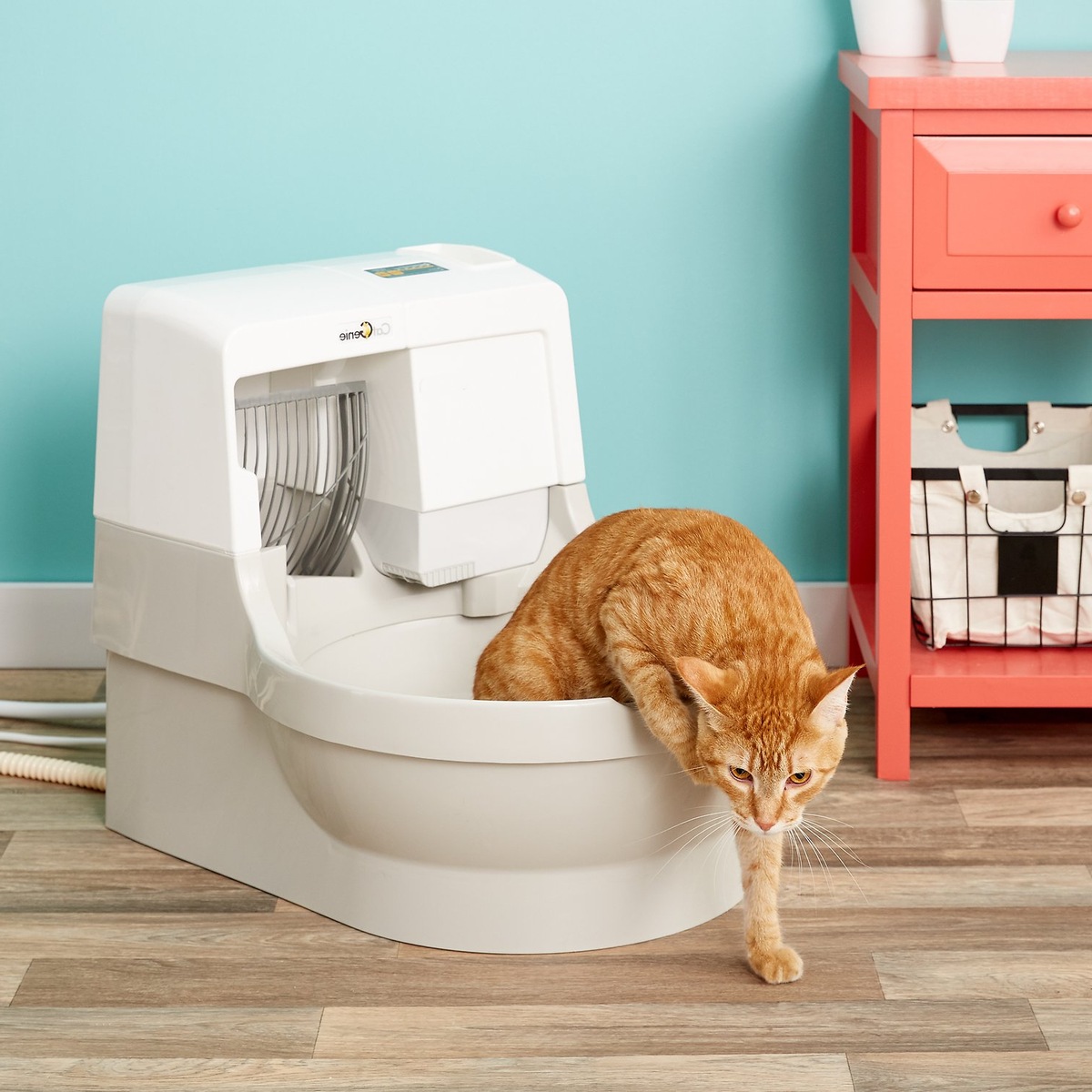
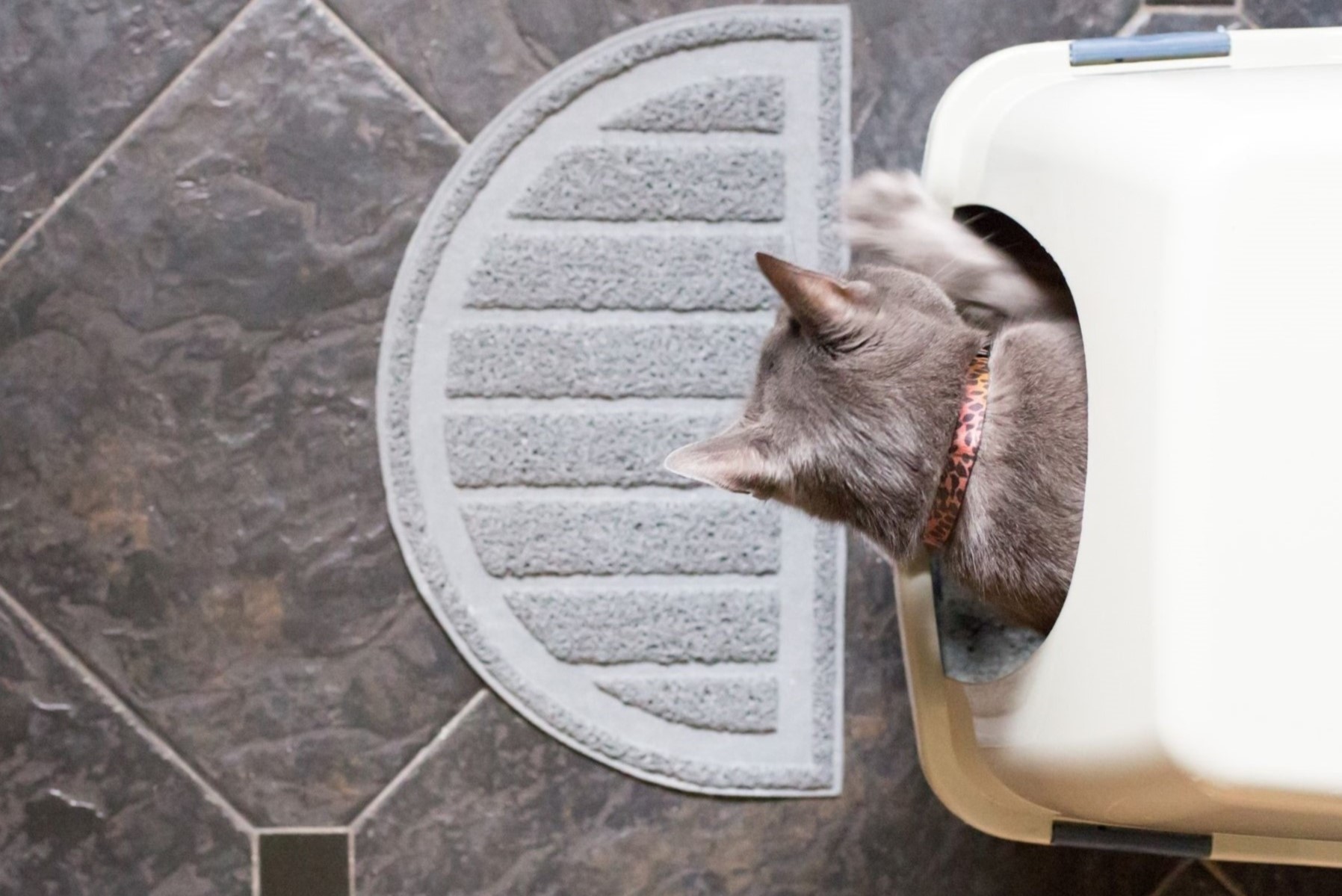

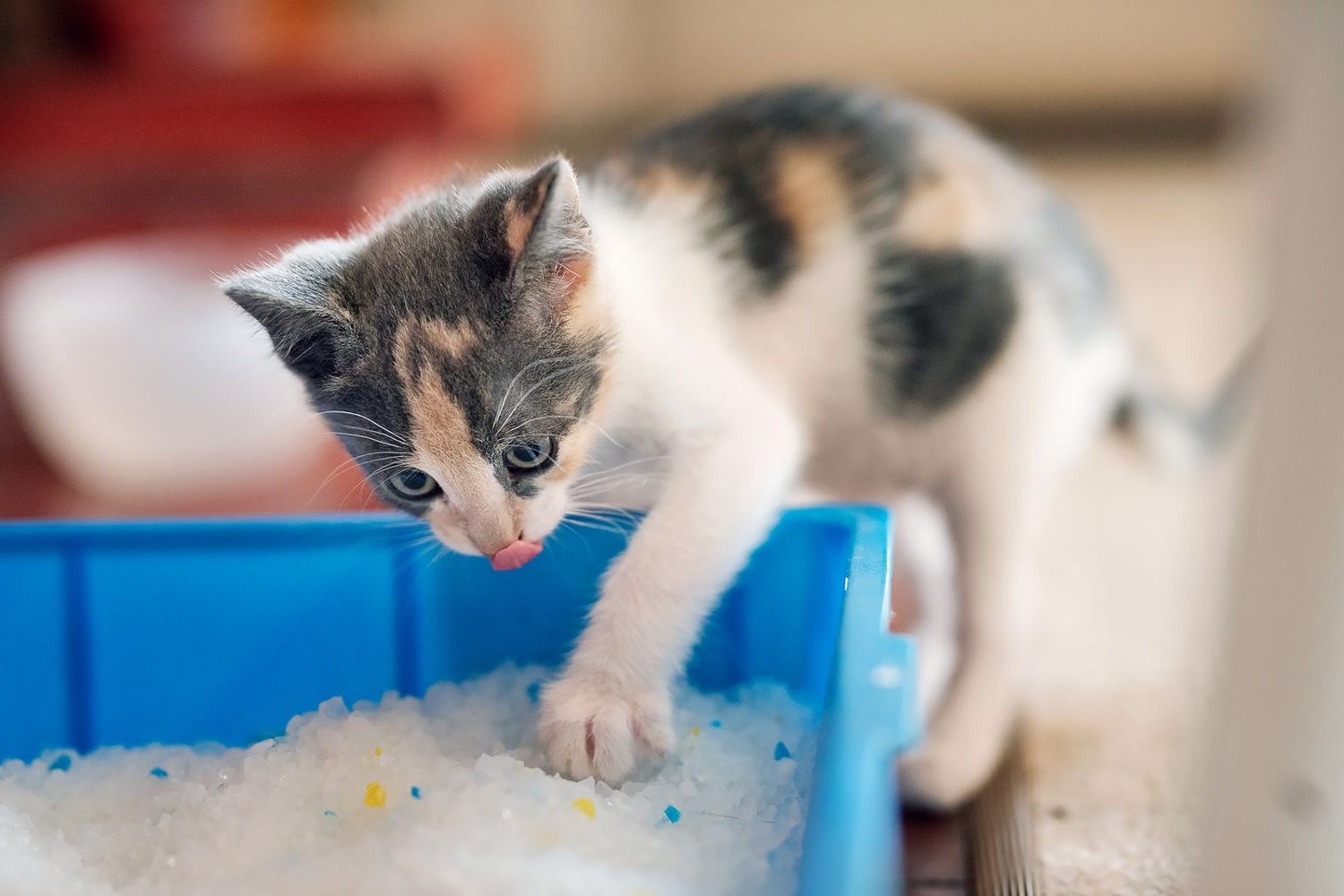
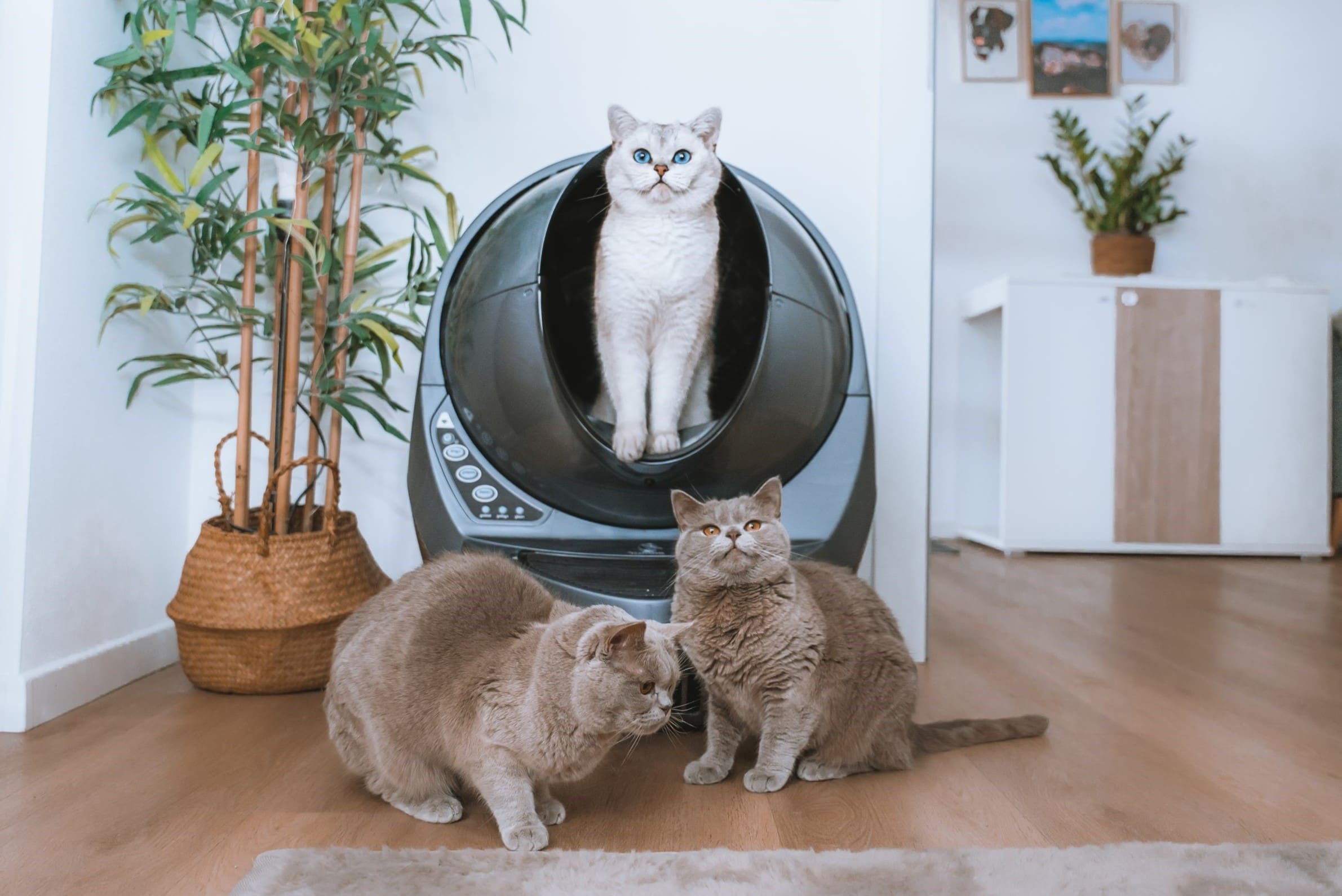

0 thoughts on “How Long Can Cats Go Without Using A Litter Box”